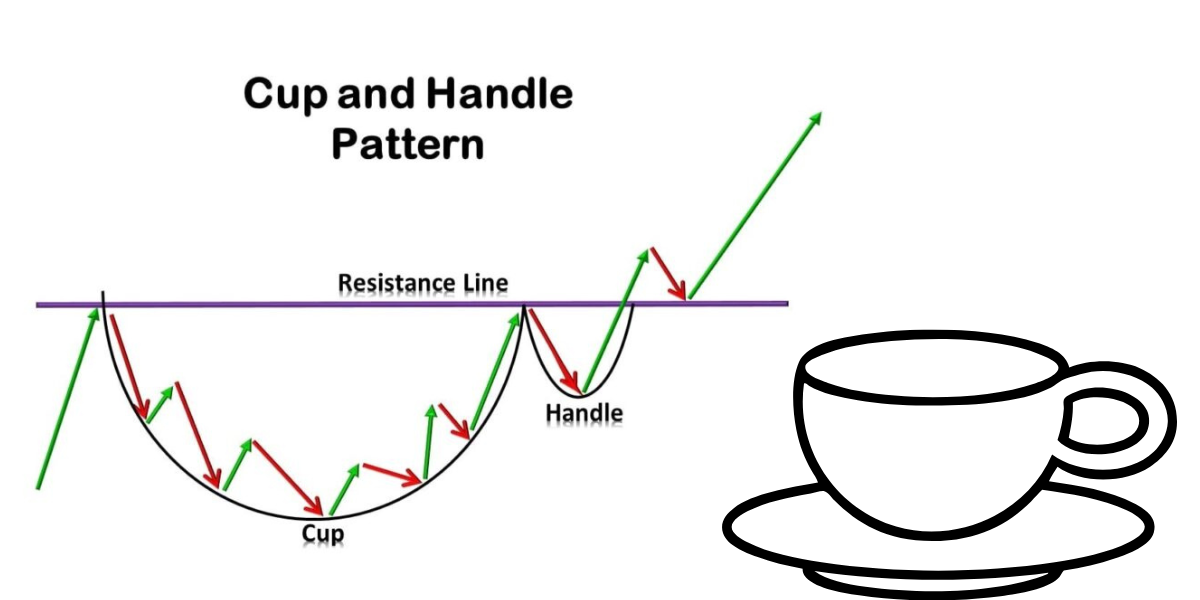The contribution margin ratio is an important financial measure used in business to analyze profitability. It indicates the percentage of sales revenue that is used to cover fixed costs and provide profit after subtracting variable costs. The knowledge of this ratio enables businesses to make decisions on pricing, cost control, and production.
We shall delve deeper into the Gross Contribution Ratio in this guide.
What is Contribution Margin Ratio?
Contribution Margin Ratio represents the proportion of sales revenue available for fixed costs and profit after meeting variable costs. A ratio of 40% implies that out of every ₹1 earned from sales, ₹0.40 is available for fixed costs and profit.
The above measure helps the businesses assess their pricing, control the cost, and increase profitability so that they can take better decisions toward sustainable growth and financial stability.
Gross Contribution Ratio = (Sales Revenue – Variable Costs) / Sales Revenue × 100
= (Sales Revenue / Sales Revenue – Variable Costs) × 100
Assume,
- Sales Revenue = ₹1,00,000
- Variable Costs = ₹60,000
Gross Contribution Ratio= (1,00,000−60,0001,00,000)×100=40%
Gross Contribution Ratio= (1,00,000 – 60,000 / 1,00,000) × 100 = 40%
Gross Contribution Ratio= (1,00,0001,00,000−60,000)×100=40%
This means 40% of sales revenue helps to recover fixed costs and profit.
Why is contribution margin ratio Important?
1. Profitability Analysis
- Help in finding profitable products.
- Checks the effect of sales volume on profit.
2. Pricing Decisions
- Aids in fixing prices for maximizing profits.
- Helps understand the cost structure.
3. Cost Control
- Points out areas to minimize variable costs.
- Improves operations efficiency.
4. Break-even Analysis
- Used in determining the break-even point.
- Helps understand the amount of sales needed to recover costs.
How to Calculate contribution margin ratio?
To calculate the contribution margin ratio, follow the simple steps outlined below. This ratio will help you understand how much of the sales revenue is available to absorb fixed costs and contribute toward profits. Here’s the breakdown of the calculation:
| Step | Explanation | Illustration |
| Calculate Contribution Margin | ₹1,00,000 | |
| Find Variable Cost | ₹60,000 | |
| Contribution Margin= Sales Revenue – Variable Cost | ₹1,00,000 – ₹60,000 = ₹40,000 | |
| Contribution Margin / Sales Revenue | ₹40,000 ÷ ₹1,00,000 = 0.4 | |
| Multiply by 100 to get Percentage | 0.4 × 100 = 40% |
This table simplifies the calculation process.
Factors Influencing contribution margin ratio
1. Variable Cost
- The increase in variable cost reduces the ratio.
- Decrease in variable cost enhances profitability.
2. Sales Price
- Increased price enhances the contribution margin.
- Discounts and offers can degrade the ratio.
3. Product Mix
- Products that have a higher margin enhance the overall ratio.
- Products with low margins may lower profitability.
4. Sales Volume
- Increased sales volume spreads fixed cost over a larger number of units.
- Enhances overall profitability.
Real-Life Applications of contribution margin ratio
- Break-even Analysis: Helps find out the sales needed to cover costs.
- Performance Evaluation: Compares profitability between different products.
- Decision-making: Helps in taking decisions whether to add or drop a product.
- Operational Efficiency: Guides cost-cutting measures to enhance profitability.
Advantages of contribution margin ratio
- Simplicity: Easy to calculate and understand, making it accessible for both experts and beginners.
- Versatility: Applicable across industries, regardless of size or sector.
- Actionable Insights: Assists in strategic decisions like pricing, product mix, and cost control.
Clear Clarity to distinguish between fixed and variable costs for financial planning and efficiency.
Limitations of contribution margin ratio
- Excludes fixed costs: It only uses sale revenue and variable cost without any consideration for fixed expenses, thereby reducing its comprehensiveness.
- Assumes Stability: Relies on constant variable costs and sales prices, thereby less accurate in fluctuating conditions.
- Limited for Mixed Costs: Not applicable to firms with more sophisticated cost structures such as semi-variable or step-fixed costs.
Practical Example
A company produces and sells one product at ₹500 a piece. Variable cost per unit stands at ₹300.
- Contribution margin per unit: ₹ 500 – ₹ 300 = ₹200
- Gross Contribution Ratio: (₹ 200₹500) ×100=40% (₹200₹500) ×100=40%
This means that 40% of sales revenues go towards fixed costs as well as profits.
Conclusion
A significant tool used in checking a company’s financial health is the contribution margin ratio, which states the portion of sales revenue remaining after paying variable costs. It, therefore, assists businesses to gain insight into profits better. Additionally, it allows a check to determine if a pricing strategy works or to devise ways for reducing cost. In this respect, by getting all this information, the businesses make smarter decisions and operate more effectively while preparing to maintain growth levels that will also maintain profitability.
Read More Blogs:)
















Leave a Reply